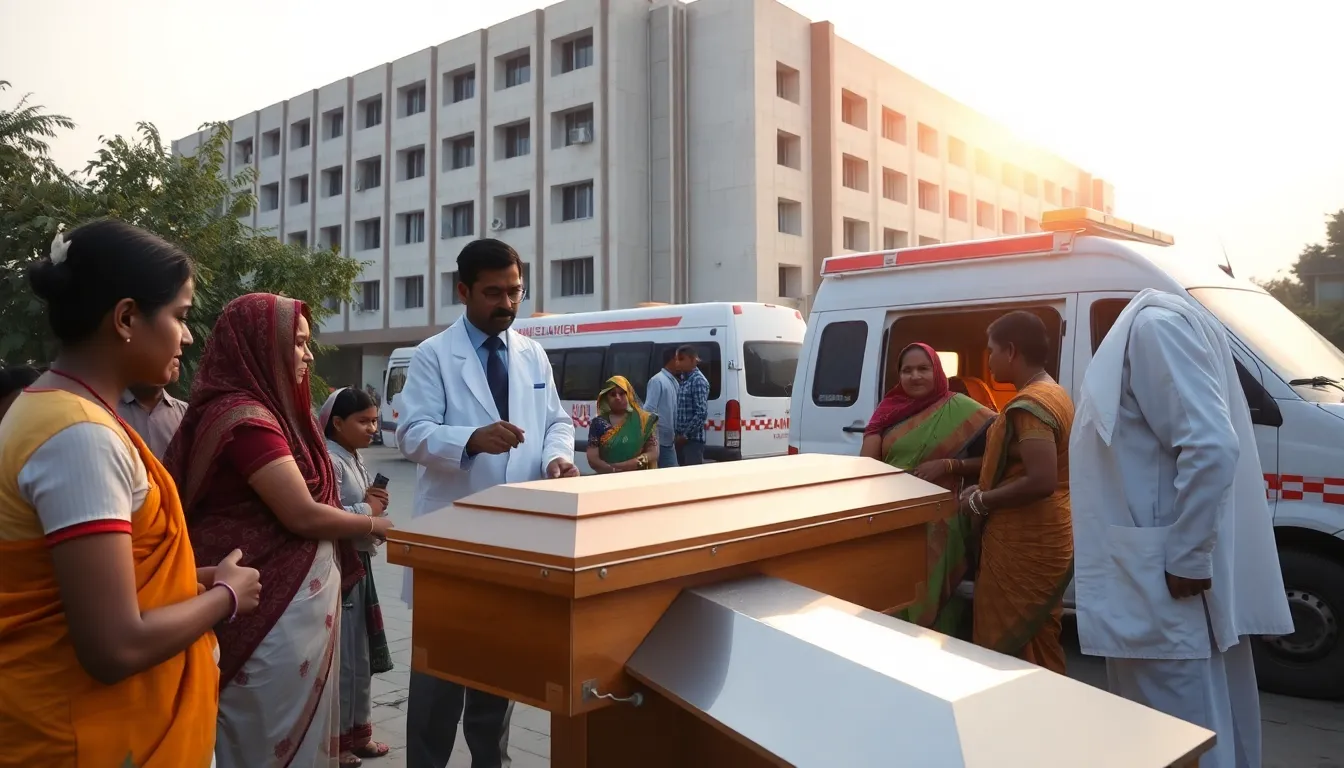In Ahmedabad, the recent unfortunate AI 171 plane crash has raised questions about the procedures followed for transporting the deceased. The Civil Hospital has ensured that all necessary and legal steps are taken to handle the remains respectfully. Professor Dr. Dharmesh Patel, head of the Forensic Medicine Department at B.J. Medical College, provided detailed information on this matter.
Dr. Patel explained that for bodies being transported over long distances, embalming is crucial. Embalming is a scientific process that preserves the body for an extended period. This is essential to prevent decomposition, especially when the remains need to be transported abroad.
During embalming, a special chemical fluid, often a formaldehyde-based solution, is injected into the body. This solution prevents decay and helps keep the body safe for transportation. It ensures that the remains can be preserved for a longer time, which is particularly necessary for air travel.
Furthermore, every body is issued an embalming certificate and a coffin sealing certificate. Both documents are legal requirements when transporting remains by air. The coffin will contain not only the body but also personal belongings of the deceased. It is necessary to provide certificates for these items as well.
Authorities also request the embalming certificate during air travel. This process ensures that the Civil Hospital system not only conducts post-mortem examinations and forensic investigations but also provides all required procedures and legal certificates to honor the deceased and facilitate their return home.
The Civil Hospital has shown thorough dedication in managing the unfortunate incident, ensuring that no detail is overlooked in the process of transporting the deceased with dignity. This reflects their commitment to maintaining respect and legality during such sensitive times. Understanding these procedures can help families navigate the complexities of transporting loved ones after tragic events, ensuring they receive the respect they deserve even in death.


Leave a Reply